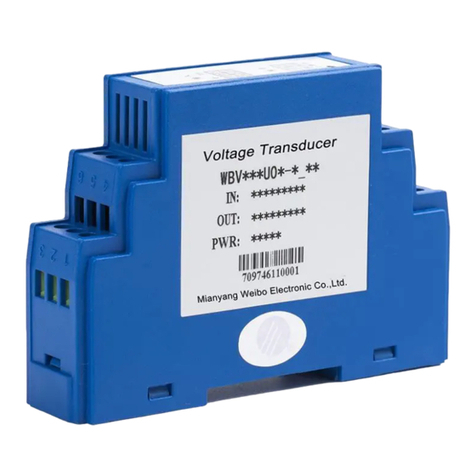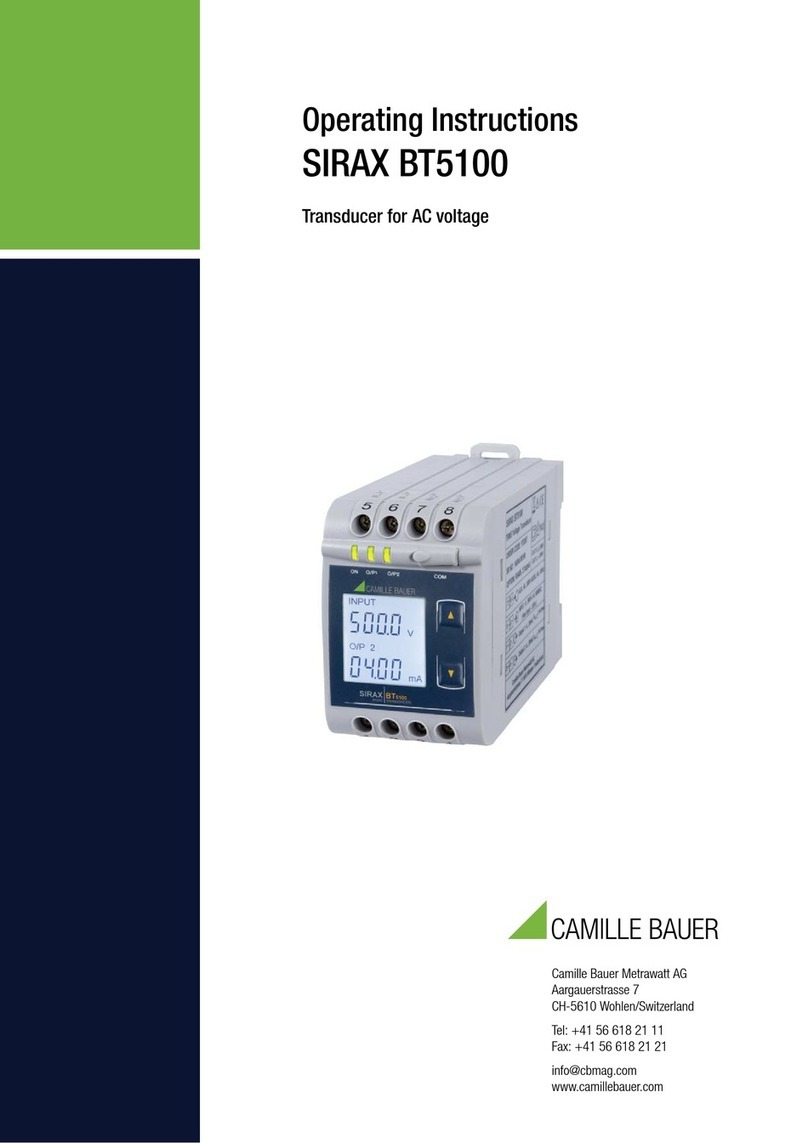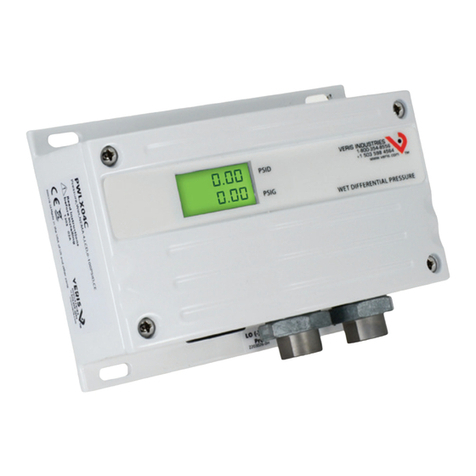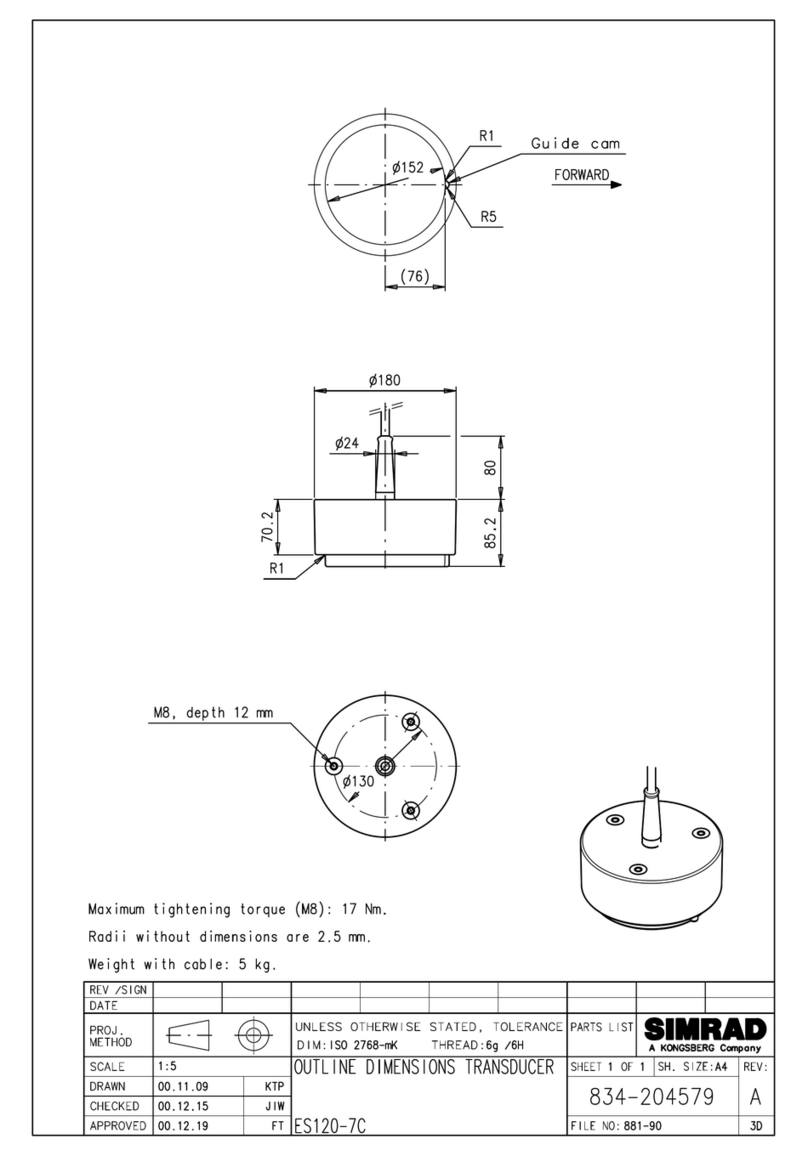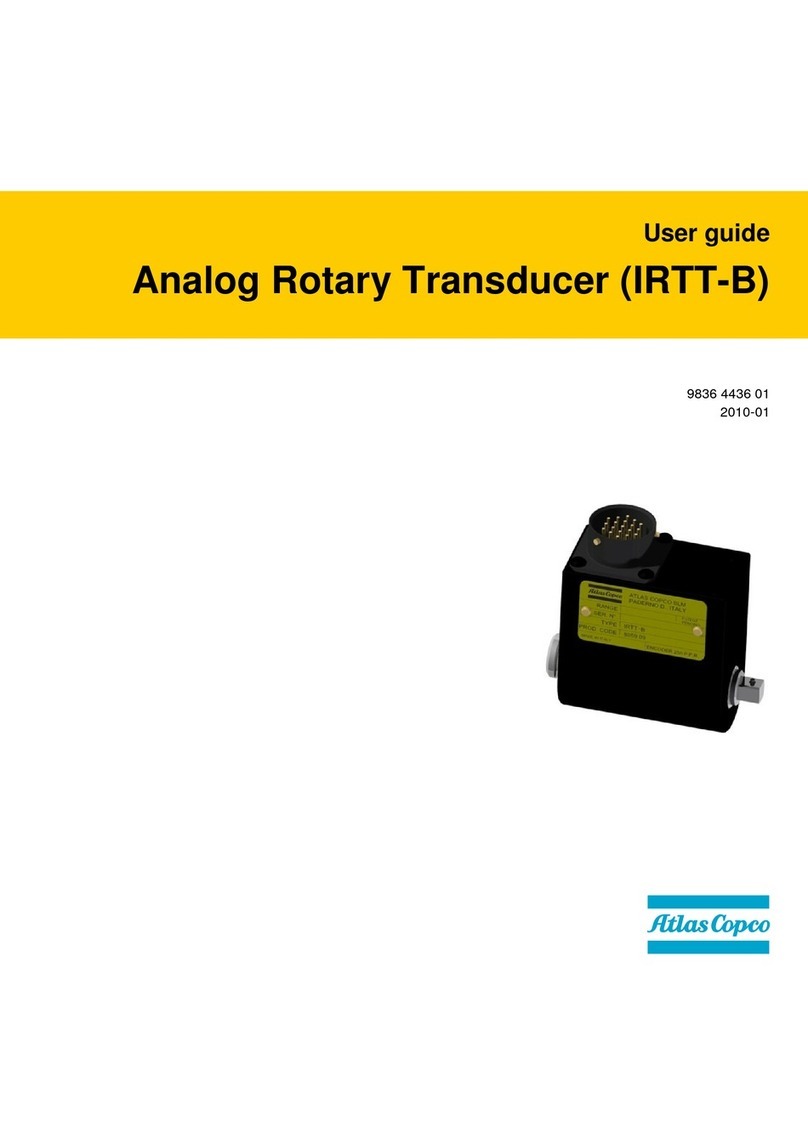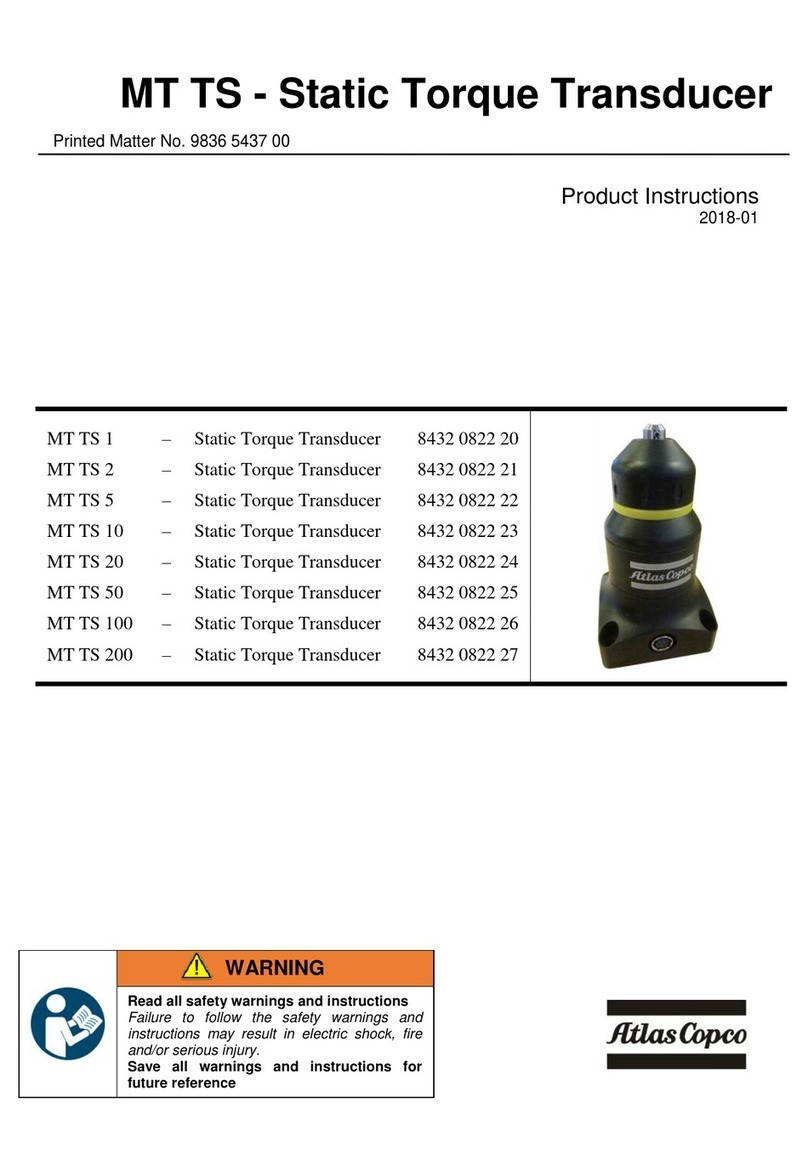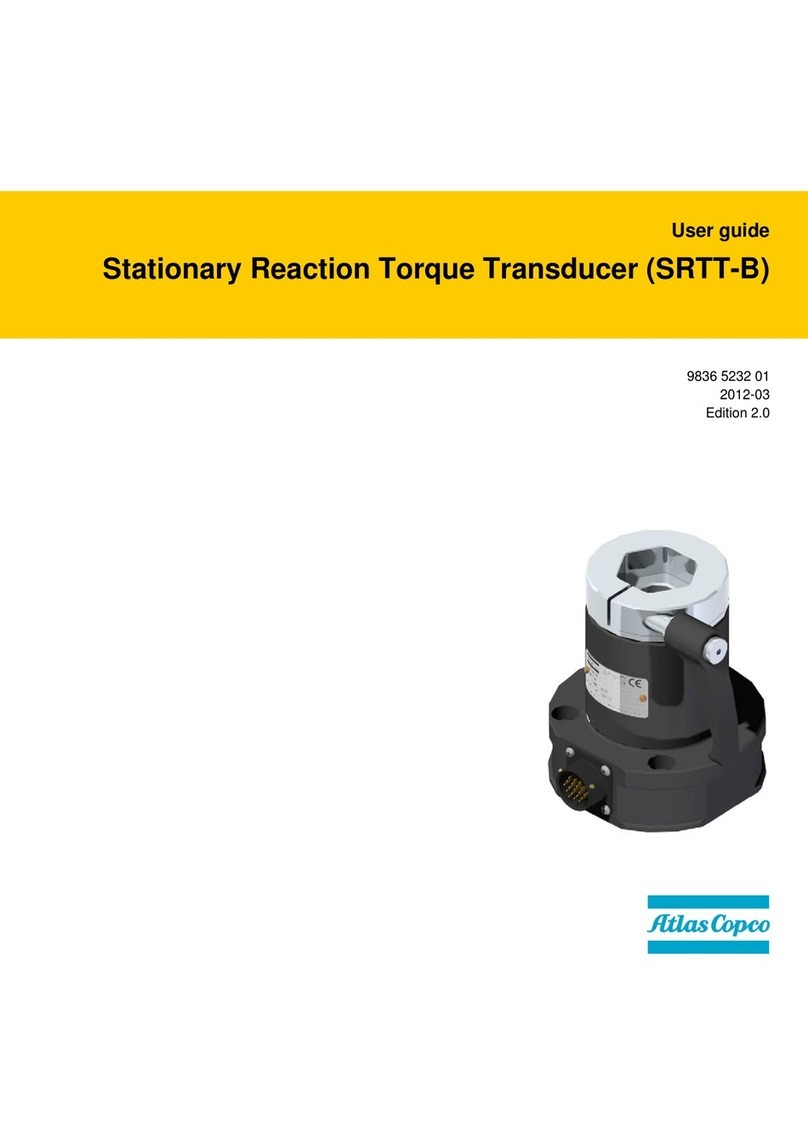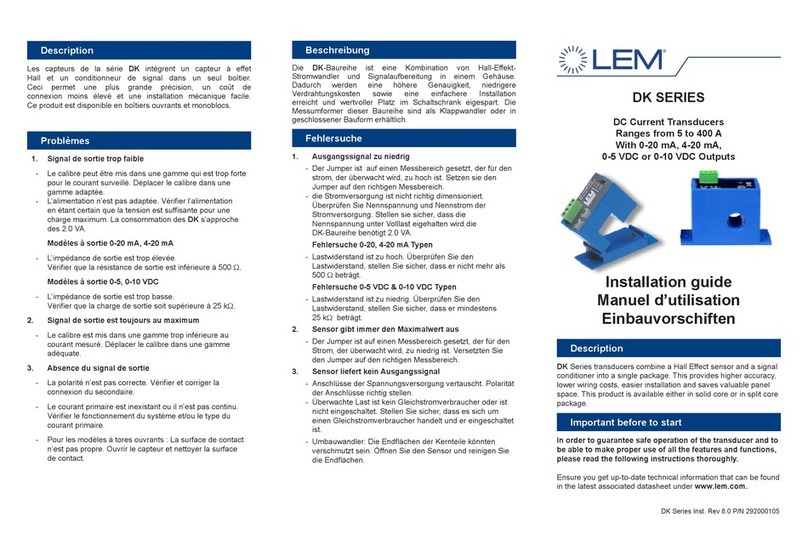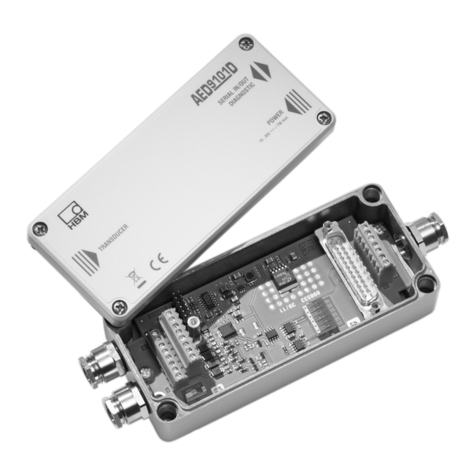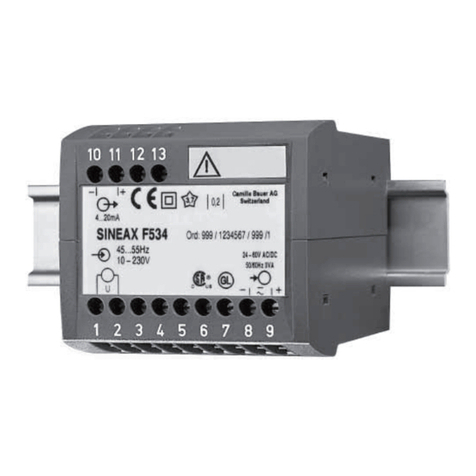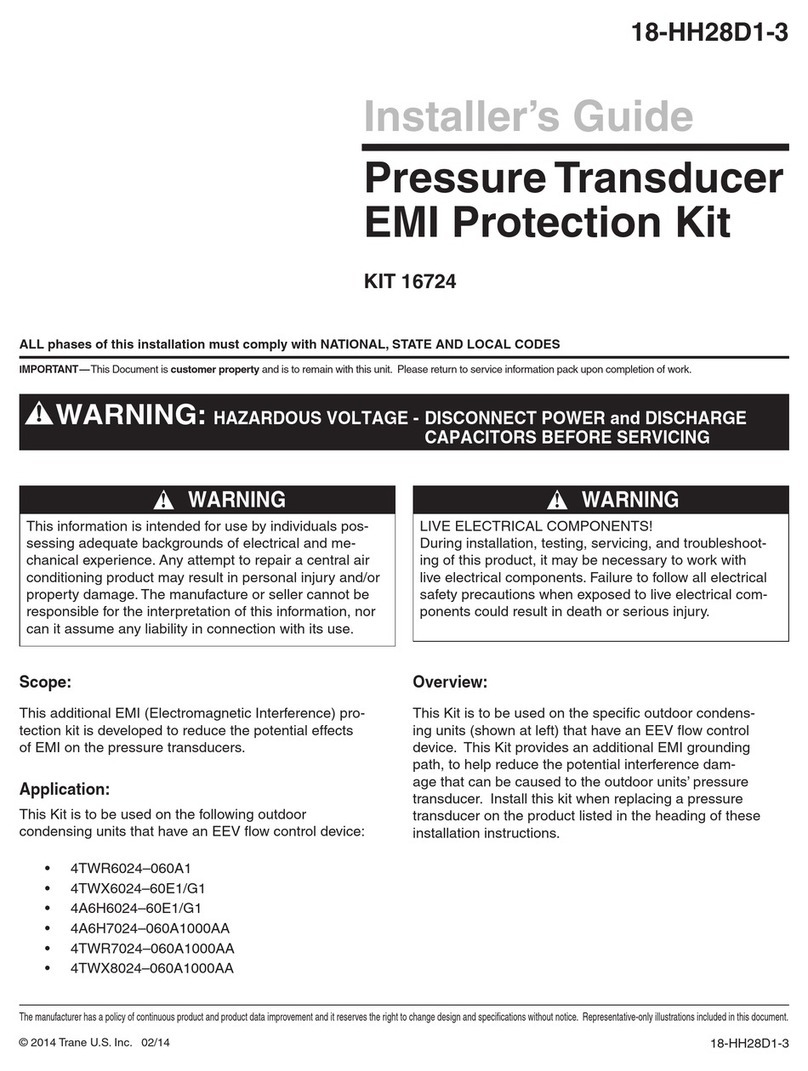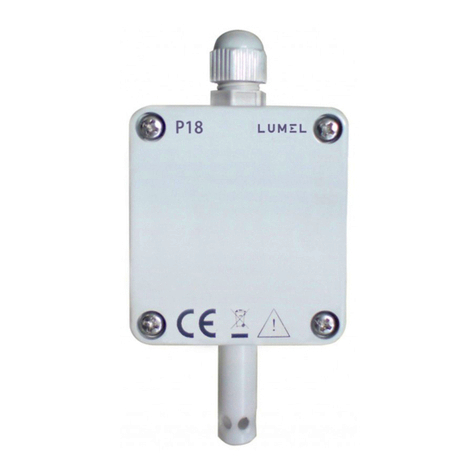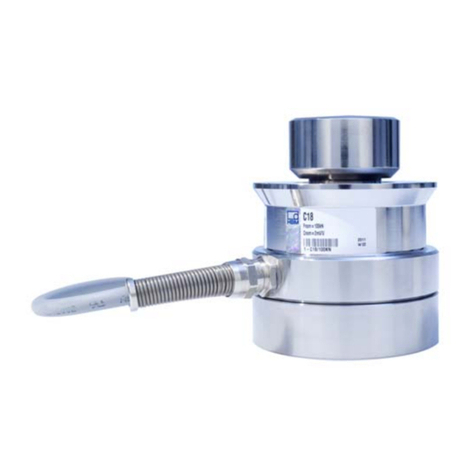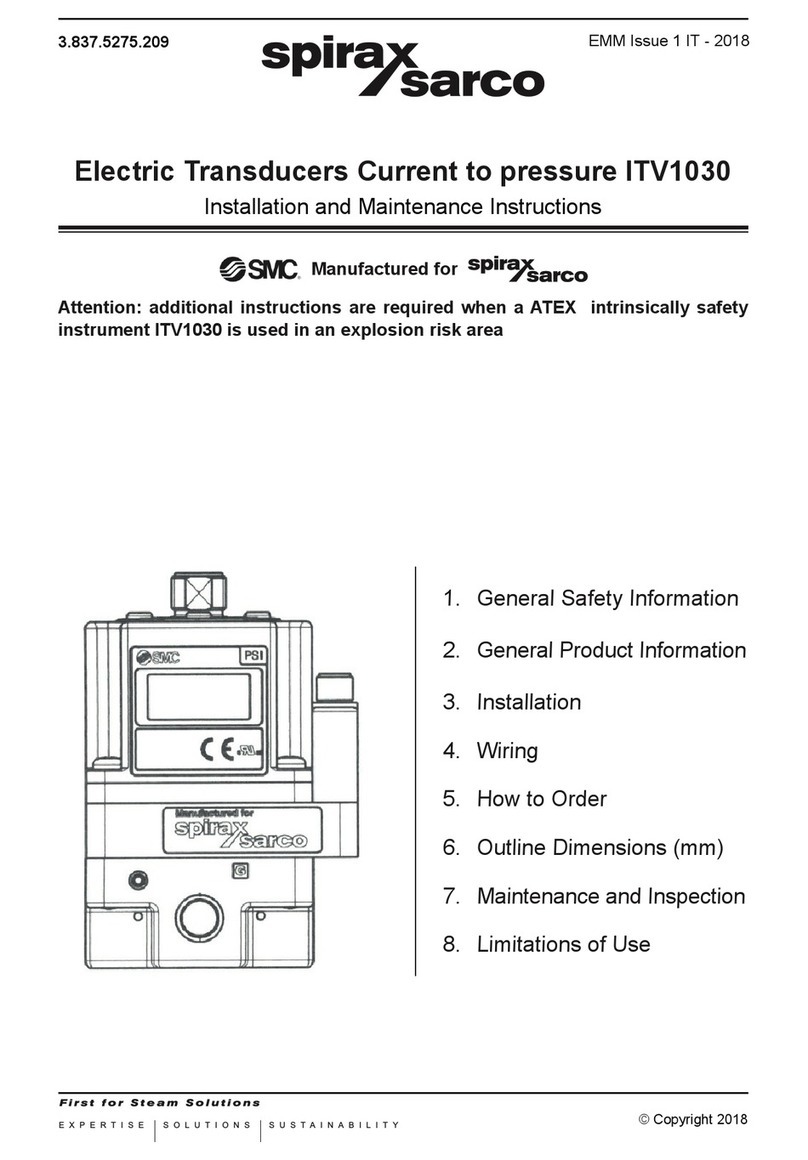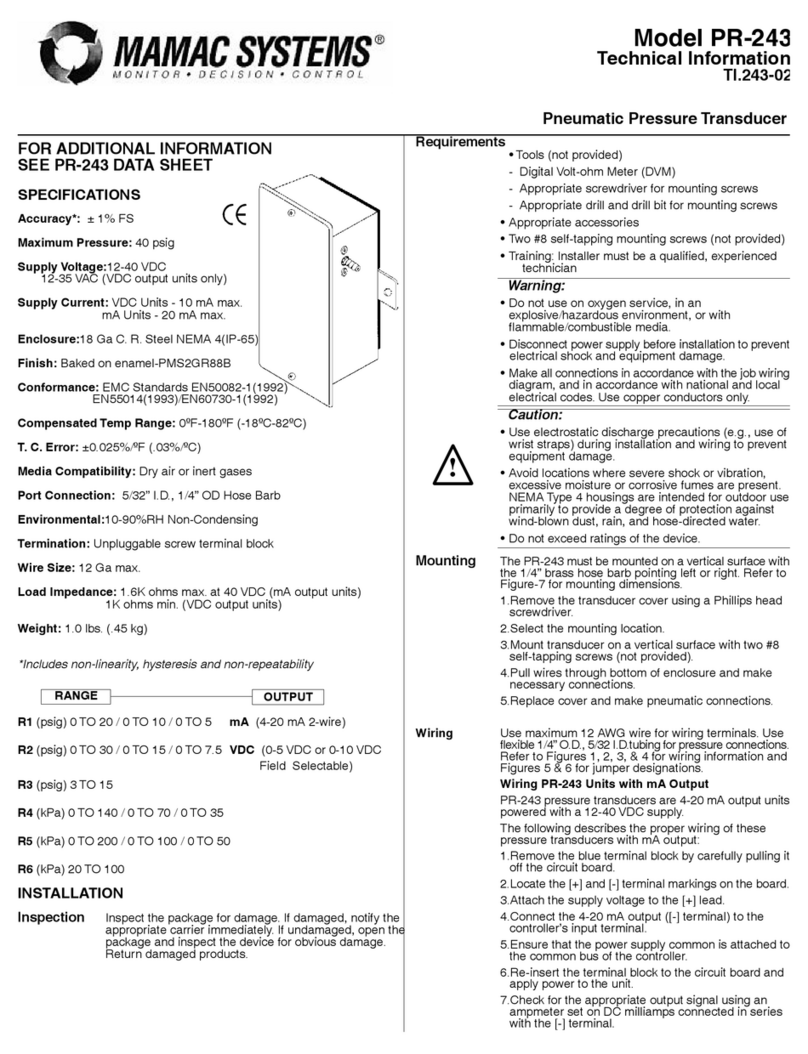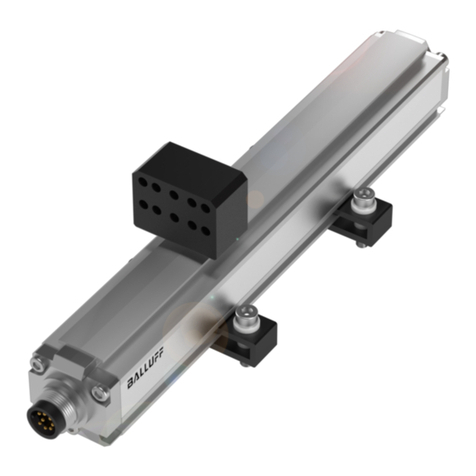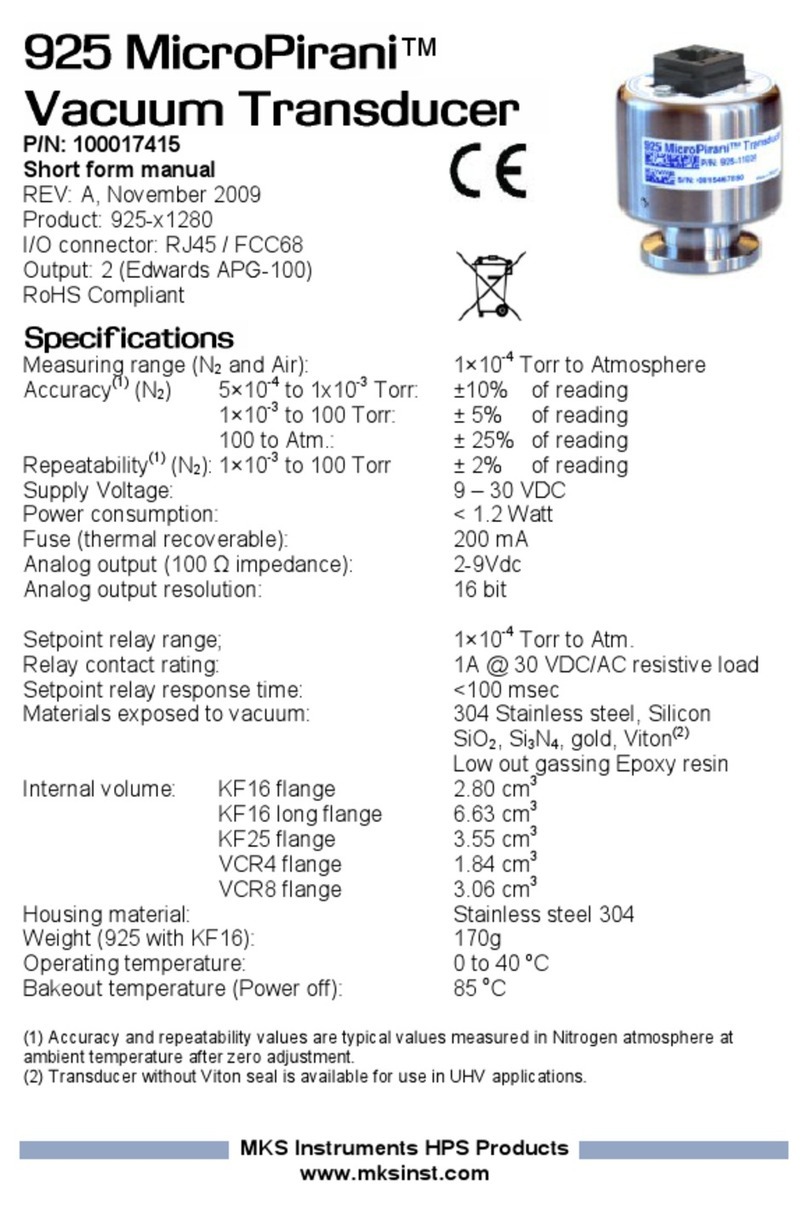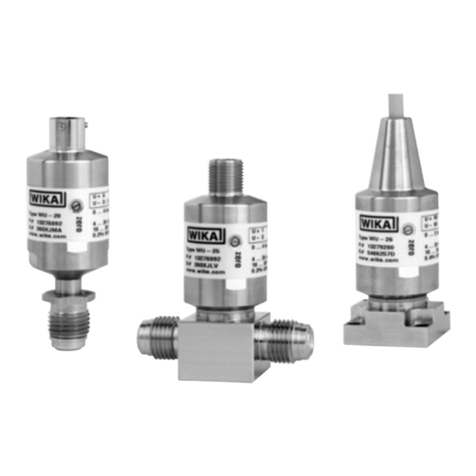
IRTT-B User Guide
9836 4436 01 Edition 2.8 3 (8)
Safety Instructions
CAREFULLY READ THIS MANUAL PRIOR TO USING
THE PRODUCT AND SCRUPULOUSLY COMPLY WITH
THE FOLLOWING SAFETY INSTRUCTIONS.
When using electric products, basic precautions should always be
taken, including the following:
•Read all instructions before using the product.
•Do not expose the system to excessive moisture (dripping or
splashing), and do not use it near water (near a washbowl, or in
a wet basement) or other liquids.
•The product should not be subjected to continuous or excessive
shock or vibration.
•For minimum electrical interference, use the product far away
from possible sources of electrical noise (arc welding
equipment etc).
•There are no user serviceable parts inside the product. Hence,
under no circumstances should you open or resume to repair
the product. Doing so will invalidate all warranties. Refer all
service needs to your local Atlas Copco service personnel.
WARNING
Never overload more than 25% of the rated maximum
transducer capacity. This will cause the yielding of the
transducer!
To maintain the accuracy, ensure that the transducer is
regularly calibrated.
WARNING
The IRTT-B is not suitable for impact type tools
WARNING
The tool under test must be fully inserted in the
transducer as shown in the next figure:
WARNING
Use adapters suitable for the torque applied during the
test. If more than one adapter is used, consider the
maximum torque of the smallest adapter used in the
chain.
EC Declaration of conformity
Individual machinery and safety components:
We Atlas Copco BLM – Paderno Dugnano - ITALY declare under
our sole responsibility that the product to which this declaration
relates, is in conformity with the requirements of the 2011/65/CE
and EN 60950.
Information on Waste of Electrical and Electronic Equipment:
This product and its information meets the requirements of the
WEEE Directive (2002/96/EC) and successive modifications. See
the last chapter of this manual for details.
The products and their components and/or batteries that must be
treated as WEEE when at end of life are marked with a crossed
trashcan according to WEEE (2002/96/EC). See figure below:
In the European Union, this symbol indicates that products must
not be disposed of as unsorted municipal waste but must be dealt
with separately, in accordance with the WEEE Directive
(2002/96/EC).
At the end of its life, this product must be disposed of according to
local regulations.
Contact your Atlas Copco customer center to get a copy of the
WEEE manual (dismantling manual).
Collecting properly the wasted parts for consequent shipment to
recycling process, to the treatment and to the environmental
compatible dismiss contributes to avoid possible negative effects
on the environment, on health and helps the re-use and/or recycling
of the materials composing the equipment.
The abusive product dismissing by the user implicates
administrative sanctions according to the present regulation.
Name of issuer Position Signature
Massimo Usuelli Product Quality Manager
Tool not properly
inserted in the
transducer!
